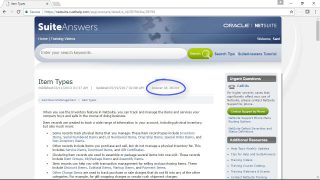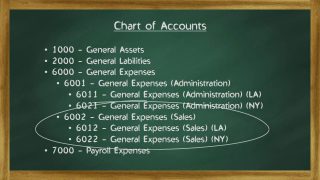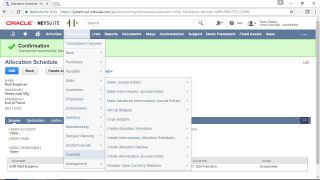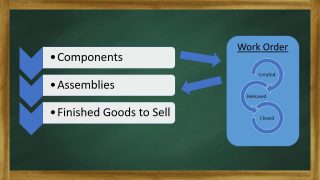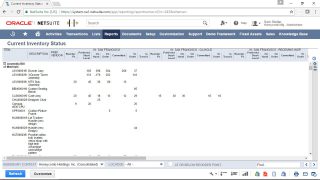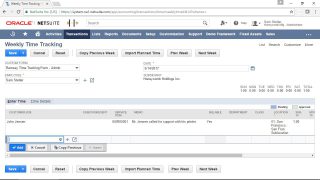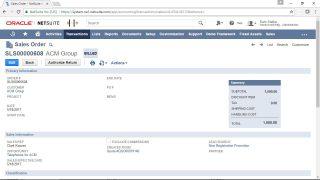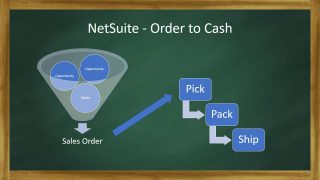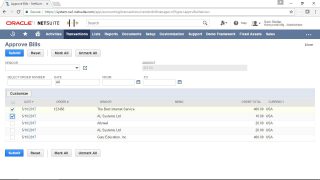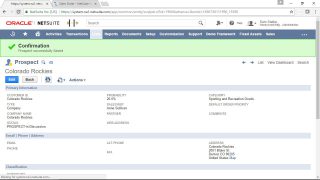
Leads, Prospects and Customers
8 minutes Easy
In this lesson we cover leads, prospects and customer. We cover what each of these are, and when they should be used. We cover entering data for the record such as the name, sales rep, partner, category and subsidiary. We take a record through all three stages, lead, prospect then customer, and talk about the different stages and how to add, delete, edit or otherwise modify the stages and substages. We cover how the stages are used, and to manually and automatically go through the stages, and how the stages feed into prediction reports. Finally, we cover attaching activity records such as phone calls and events, adding shipping and billing information, territory assignment, and setting up financial payment terms.
To access this content, you must purchase Full Access Subscription with 7 Day Trial.

